Takayoshi Tanaka
Takayoshi Tanaka is the Software Maintenance Engineer of Red Hat. He is mainly in charge of OpenShift, .NET Core on Red Hat Enterprise Linux and Red Hat solutions on Microsoft Azure. He is a Microsoft MVP for Visual Studio and Development Technologies. He writes many articles in his personal blog and web sites, and also he gives many technical session in community events.
Takayoshi Tanaka's contributions
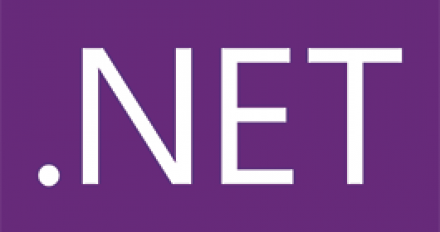
Article
Using Kubernetes readiness and liveness probes for health checks with ASP.NET Core 2.2 on OpenShift
Takayoshi Tanaka
This article shows how the ASP.NET Core 2.2 Health Checks API works with OpenShift by implementing two health checks: one for the Kubernetes liveness probe and one for the Kubernetes readiness probes. Since OpenShift includes Kubernetes, the example also works well with Kubernetes.

Article
Improved support information for RHEL on Azure: sosreport plugin updated
Takayoshi Tanaka
Red Hat Enterprise Linux's sosreport improves the ability to get support. The Azure plugin has been updated with new features for RHEL on Azure.
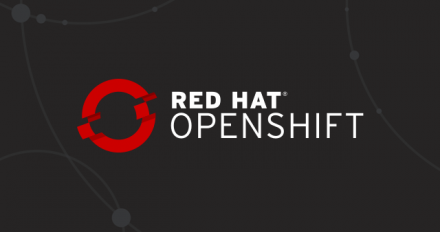
Article
How to call the OpenShift REST API from C#
Takayoshi Tanaka
In this article, I show how you can call the Red Hat OpenShift REST API from your C# code, which is useful for automating tasks. Visual Studio is used to take the REST API definition and create a library you can use in your code. Also shown is how to handle the conversion needed for the JSONpath components.

Article
Remotely debug an ASP.NET core container pod on OpenShift with Visual Studio
Takayoshi Tanaka
Learn how to remotely debug an ASP.NET Core container pod on Red Hat OpenShift using Visual Studio from a Windows computer.
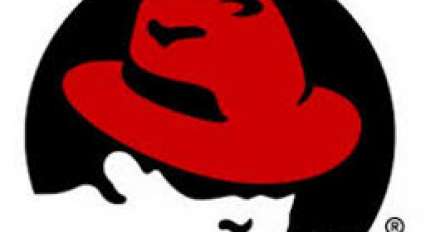
Article
Deallocate an Azure VM Using the Azure CLI on RHEL
Takayoshi Tanaka
If you're running Red Hat Enterprise Linux server on Microsoft Azure, you may want to shut down and deallocate the VM using commands inside of the VM itself for automation or just for convenience. This article shows how a VM can shut itself down and deallocate its resources using the Azure CLI 2.0.
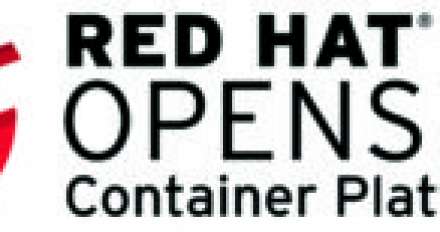
Article
Running Microsoft SQL Server pod on OpenShift
Takayoshi Tanaka
Red Hat now supports Microsoft SQL Server running on RHEL Server. However, Red Hat doesn't provide an official docker image for MS SQL Server on RHEL. This post explains how to create a docker image for MS SQL Server on RHEL and run it on OpenShift.
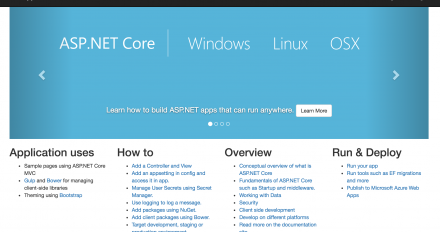
Article
Remote debug your ASP.NET Core container on OpenShift with Visual Studio Code
Takayoshi Tanaka
Visual Studio provides a graphical remote debugging ASP.NET Core app with Docker Tools for Windows. Since Visual Studio supports SSH protocol, you can remote debug ASP.NET Core process running on the Linux host. It used to be if you install and setup SSH server on docker container, you can remote debug with Visual Studio. However, it's strongly not recommended due to security reasons. Now I'll explain to you how to remote debug your ASP.NET Core on OpenShift with Visual Studio...
 Article
Article
Running a NuGet server on OpenShift
Takayoshi Tanaka
When you build your .NET Core project, NuGet packages are retrieved from nuget.org by default. Sometimes, however, you might want to use a local NuGet repository. For example, you may want to: use private NuGet packages, but you don't want anyone except your associates to see them. cache a NuGet repository at a server near your build servers leave your build server disconnected from the Internet. I'll explain how to set up a private NuGet server on OpenShift and how...

Using Kubernetes readiness and liveness probes for health checks with ASP.NET Core 2.2 on OpenShift
This article shows how the ASP.NET Core 2.2 Health Checks API works with OpenShift by implementing two health checks: one for the Kubernetes liveness probe and one for the Kubernetes readiness probes. Since OpenShift includes Kubernetes, the example also works well with Kubernetes.

Improved support information for RHEL on Azure: sosreport plugin updated
Red Hat Enterprise Linux's sosreport improves the ability to get support. The Azure plugin has been updated with new features for RHEL on Azure.

How to call the OpenShift REST API from C#
In this article, I show how you can call the Red Hat OpenShift REST API from your C# code, which is useful for automating tasks. Visual Studio is used to take the REST API definition and create a library you can use in your code. Also shown is how to handle the conversion needed for the JSONpath components.

Remotely debug an ASP.NET core container pod on OpenShift with Visual Studio
Learn how to remotely debug an ASP.NET Core container pod on Red Hat OpenShift using Visual Studio from a Windows computer.

Deallocate an Azure VM Using the Azure CLI on RHEL
If you're running Red Hat Enterprise Linux server on Microsoft Azure, you may want to shut down and deallocate the VM using commands inside of the VM itself for automation or just for convenience. This article shows how a VM can shut itself down and deallocate its resources using the Azure CLI 2.0.

Running Microsoft SQL Server pod on OpenShift
Red Hat now supports Microsoft SQL Server running on RHEL Server. However, Red Hat doesn't provide an official docker image for MS SQL Server on RHEL. This post explains how to create a docker image for MS SQL Server on RHEL and run it on OpenShift.

Remote debug your ASP.NET Core container on OpenShift with Visual Studio Code

Running a NuGet server on OpenShift
